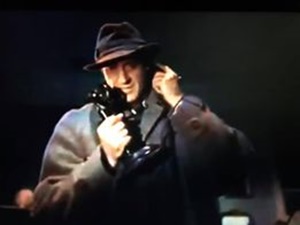Barbarians at the Gates of Hollywood by P. J. Thorndyke
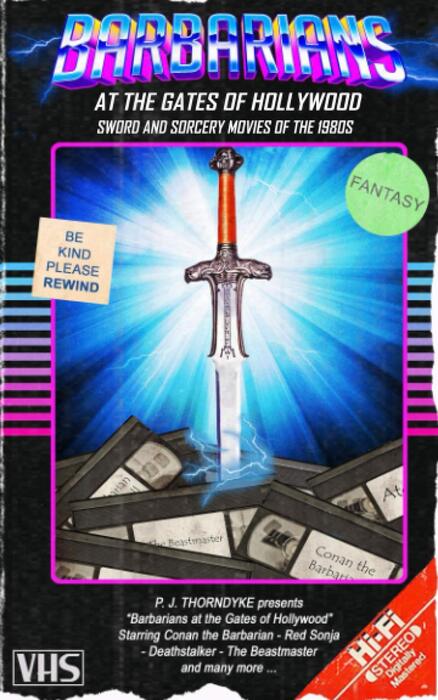 |
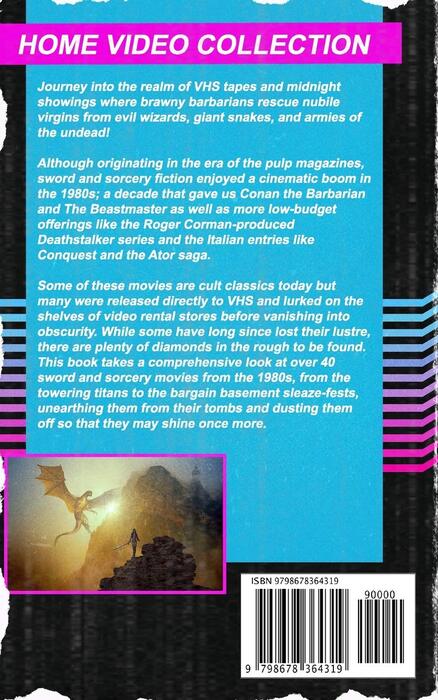 |
Let me start with a story from when I was fifteen and had yet read only the Lancer Conan the Warrior, but was friends with several serious Conan (and Kull, and Solomon Kane) readers. They learned that Creation Con in Manhattan would include a presentation about the upcoming movie Conan the Barbarian featuring Valeria actress Sandahl Bergman, and they quickly convinced a bunch of us to get tickets. On a Saturday afternoon, we made the drive into the city. My memories of the convention itself are pretty hazy, but the movie preview is etched in my brain. Bergman was beautiful and funny. Any teenage boy would want to see the movie after seeing her. The rest of the presentation, though — woohoo, it stank. It was a slide show, just a batch of lifeless stills that, if they didn’t kill our enthusiasm for the movie, they definitely dimmed it. Nonetheless, we all saw it as soon as we could.
All these years later, I can’t speak to how my friends felt, but I hated the movie. I just rewatched it and now, having read all of Howard’s original stories several times, I hate it even more. But that’s a conversation for another day. My opinion, sadly, didn’t matter, and Conan the Barbarian became a cult success, helped make Arnold Schwarzenegger a star, and set the stage for an explosion of barbarian-themed movies. It’s that eruption of films starring loin-clothed, overly-muscled warriors that is the subject of Barbarians at the Gates of Hollywood by P.J. Thorndyke.
When I stepped back from reviewing at Black Gate (almost two years ago — holy shlamoley!) I knew there could always be something to lure me back. Clearly, John O’Neill knew what that something was when he saw it. He e-mailed me a copy of Barbarians at the Gates of Hollywood, I scanned it and immediately knew I had to read it. It opens with a solid history of sword & sorcery and closes with a brief explanation of why the film genre died. The heart of the book are synopses of dozens, if not all, of swords and sorcery movies of the eighties. If you’ve ever had any interest in movies like Thor the Conqueror or how Richard Corman came to produce such fare as Deathstalker II: Duel of the Titans in Argentina, this is the book for you.

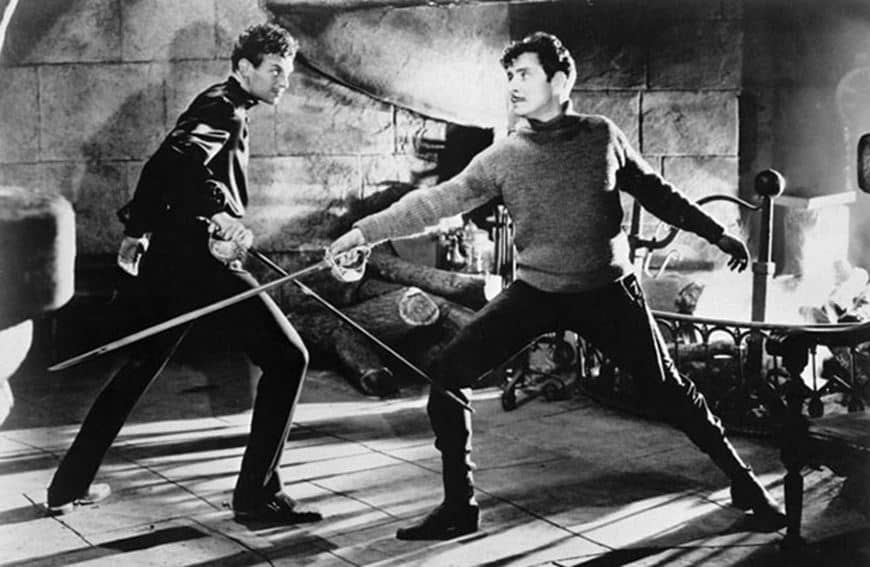



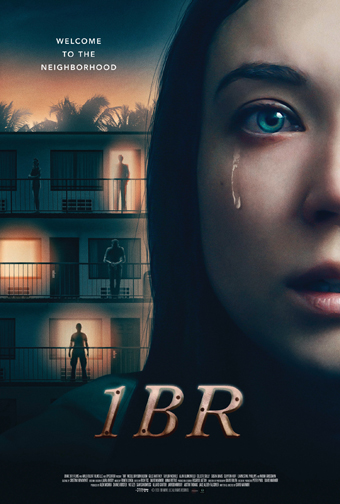 Last year I almost reviewed a movie at Fantasia called 1BR. But exhaustion got to me as the festival wore on, and I passed on the film. I’m never happy about having to compromise with fatigue, though, and since 1BR recently came to Netflix — where for a while it was among their 10 most-streamed movies, at one point even reaching the top 5 — I decided to rectify last year’s omission and take a look at it now.
Last year I almost reviewed a movie at Fantasia called 1BR. But exhaustion got to me as the festival wore on, and I passed on the film. I’m never happy about having to compromise with fatigue, though, and since 1BR recently came to Netflix — where for a while it was among their 10 most-streamed movies, at one point even reaching the top 5 — I decided to rectify last year’s omission and take a look at it now. Every year I wrap up my coverage of Fantasia with a last post looking back at the festival, reflecting on the experience. This year’s edition of Fantasia calls for reflection even more than most. I have a couple of posts still to come taking care of loose ends from previous years, but here are a few final thoughts on the all-streaming 2020 Fantasia Film Festival.
Every year I wrap up my coverage of Fantasia with a last post looking back at the festival, reflecting on the experience. This year’s edition of Fantasia calls for reflection even more than most. I have a couple of posts still to come taking care of loose ends from previous years, but here are a few final thoughts on the all-streaming 2020 Fantasia Film Festival.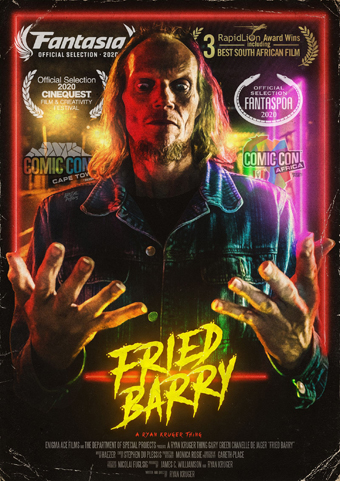 My final film of Fantasia 2020 promised to be weird, and therefore the perfect way to wind down the festival. It was a take on a particular sub-genre of science fiction film: the alien visitor walking among us. The Day The Earth Stood Still, The Man Who Fell to Earth, Starman, E.T., technically I suppose Superman — all stories about a lone extraterrestrial on Earth dealing with humans. It’s a story form that lends itself to reflection on what it means to be human. But just because a form points in a certain direction doesn’t mean every instance of that form will be concerned with grand themes.
My final film of Fantasia 2020 promised to be weird, and therefore the perfect way to wind down the festival. It was a take on a particular sub-genre of science fiction film: the alien visitor walking among us. The Day The Earth Stood Still, The Man Who Fell to Earth, Starman, E.T., technically I suppose Superman — all stories about a lone extraterrestrial on Earth dealing with humans. It’s a story form that lends itself to reflection on what it means to be human. But just because a form points in a certain direction doesn’t mean every instance of that form will be concerned with grand themes. In covering a film festival, one does not always select the films one sees out of a pure love of cinema. Or even love of genre. Scheduling plays a part, and sometimes delivers to you an unexpected delight. Fantasia 2020 had fewer happy accidents of scheduling due to its all-virtual nature, but as the festival’s final day wound down I found myself with just under three hours until all the movies would go offline — meaning I had time for the film I’d wanted to watch, plus an hour or very slightly more. Glancing over the schedule I found a movie I’d considered looking at which was listed at 61 minutes, and decided I should give it a shot.
In covering a film festival, one does not always select the films one sees out of a pure love of cinema. Or even love of genre. Scheduling plays a part, and sometimes delivers to you an unexpected delight. Fantasia 2020 had fewer happy accidents of scheduling due to its all-virtual nature, but as the festival’s final day wound down I found myself with just under three hours until all the movies would go offline — meaning I had time for the film I’d wanted to watch, plus an hour or very slightly more. Glancing over the schedule I found a movie I’d considered looking at which was listed at 61 minutes, and decided I should give it a shot.